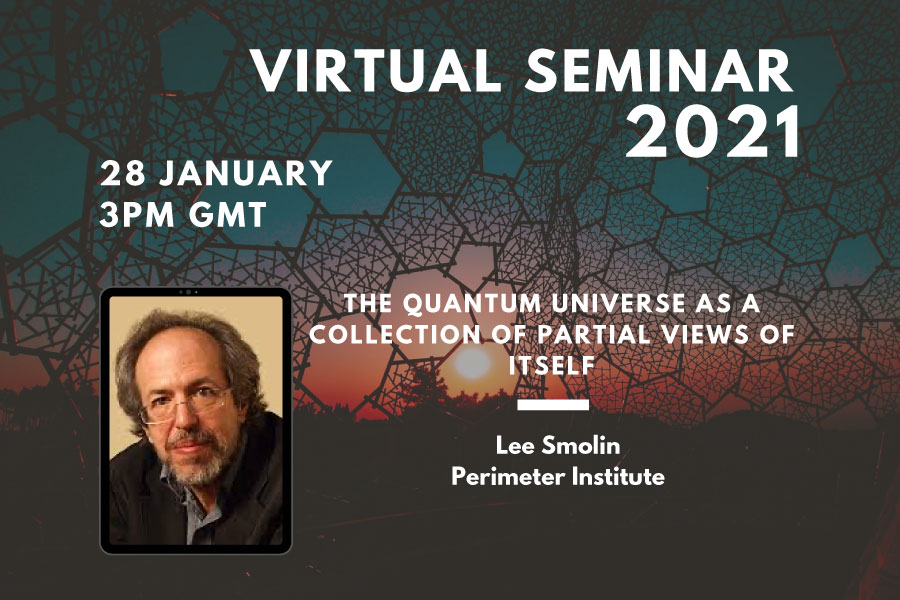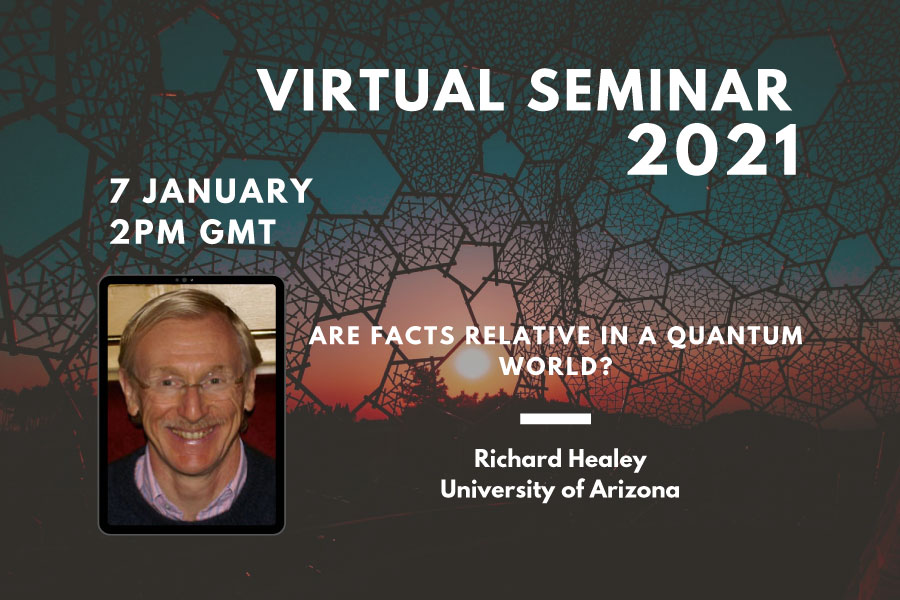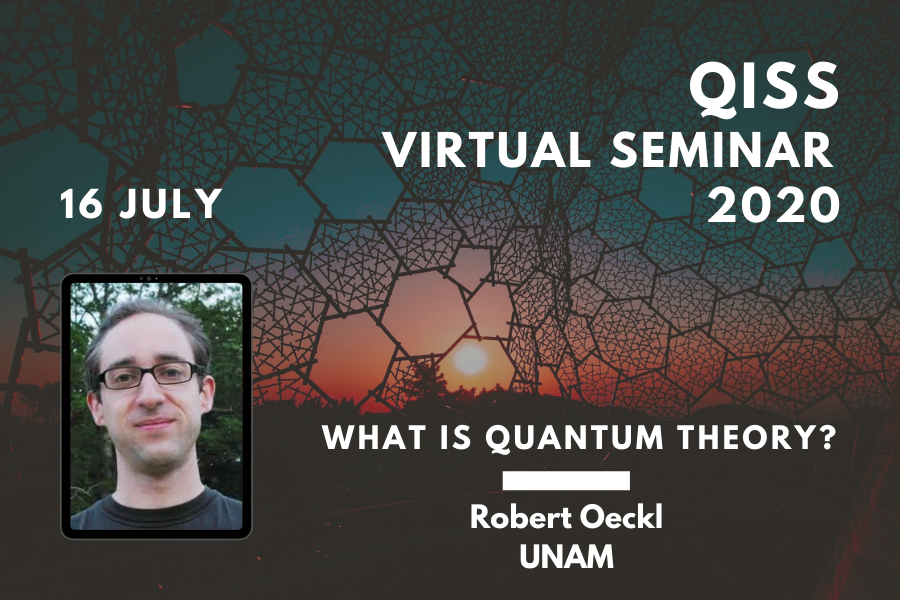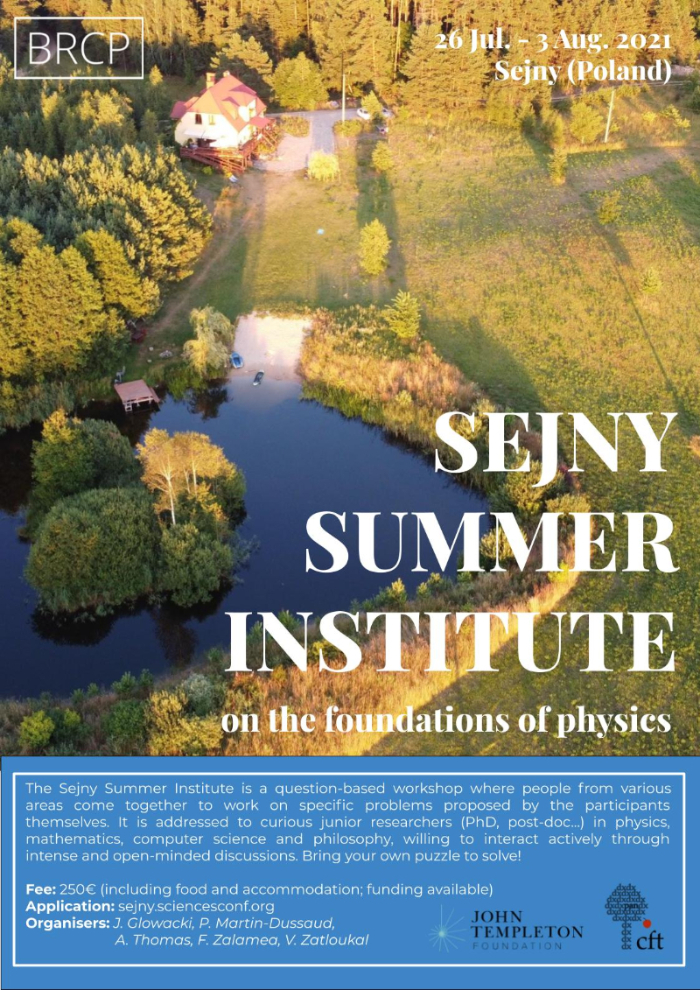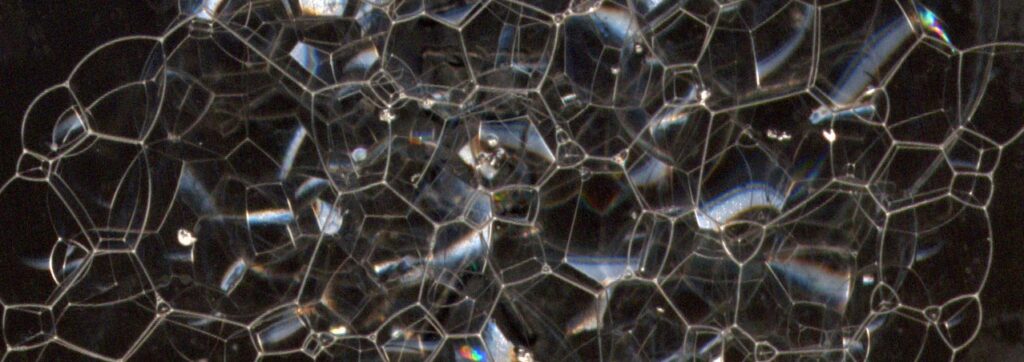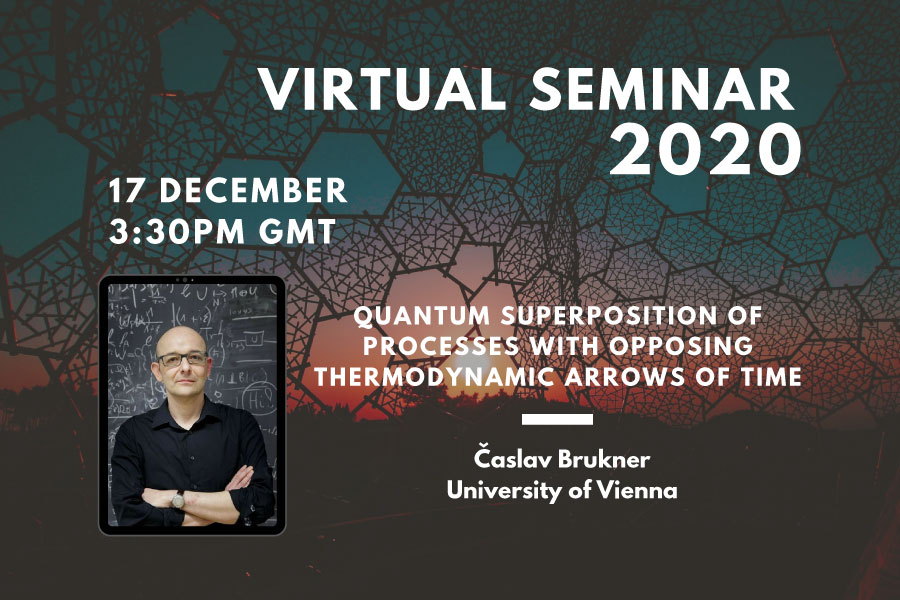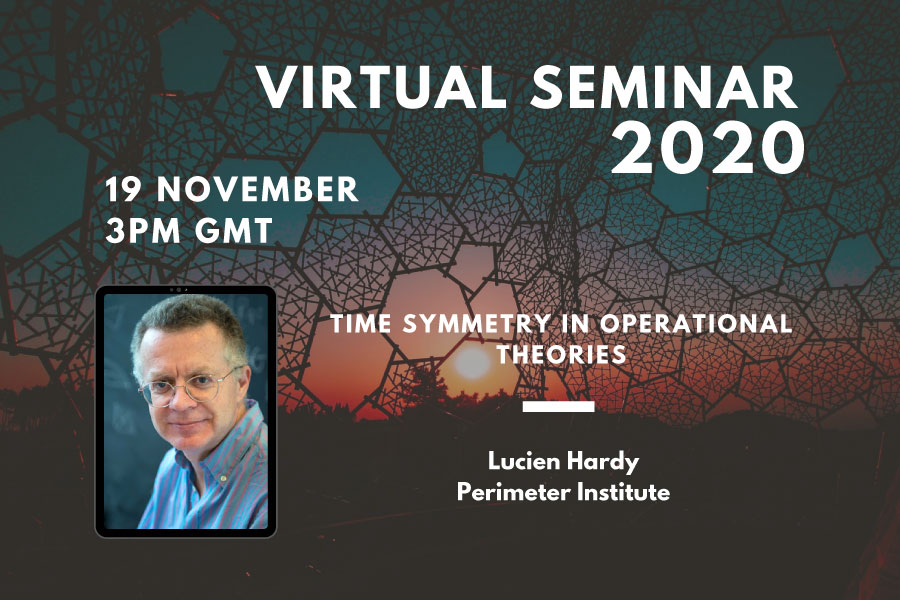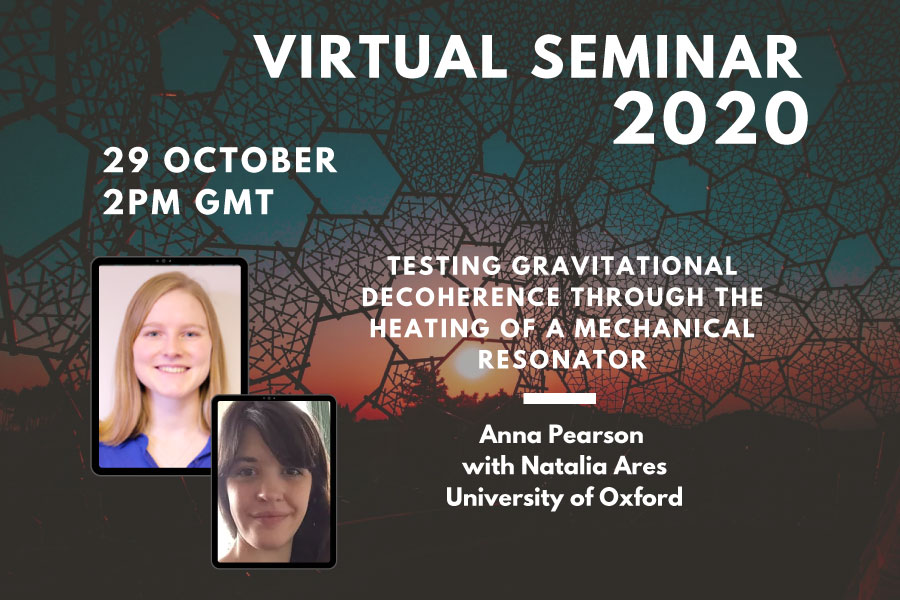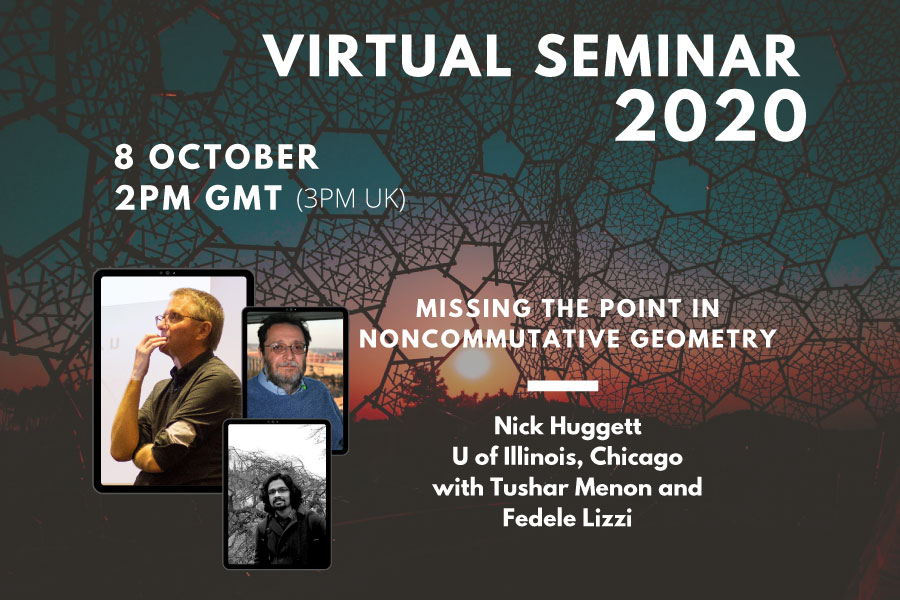Lee Smolin
Perimeter Institute
The quantum universe as a collection of partial views of itself
Abstract: I describe a recent proposal for a simultaneous completion of quantum mechanics and general relativity, called the causal theory of views (CTV). Among its postulates are that time, in the sense of causal relations amongst events, is fundamental, and that space is emergent-along with everything that depends on space, such as distances, derivatives, fields, locality, non-locality etc. Also assumed real and fundamental are energy and momentum. Each event than has a view of the rest of the universe, which is made by the energy and momentum transferred to it by its causal precedents. To define dynamics we must introduce a measure of distance on the space of views. The idea is that differences of views substitutes for spacial distances and derivatives. The potential energy is then postulated to be a measure of the total diversity of views in the universe, called the variety. The kinetic energy is then related to the variety’s rate of change under causal evolution. The dynamics is defined by a sum over causal histories, from which space and spacetime emerge at the semiclassical approximation. N body nonrelativistic quantum mechanics is also derived, due to the variety reducing to Bohm’s quantum potential. Further steps are sketched. Based on papers: arXiv:1712.04799. with Marina Cortes: arXiv:1307.6167, arXiv:1407.0032, arXiv:1703.09696 , arXiv:1902.05082,
arXiv:1104.2822, arXiv:1506.02938, arXiv:1205.3707
